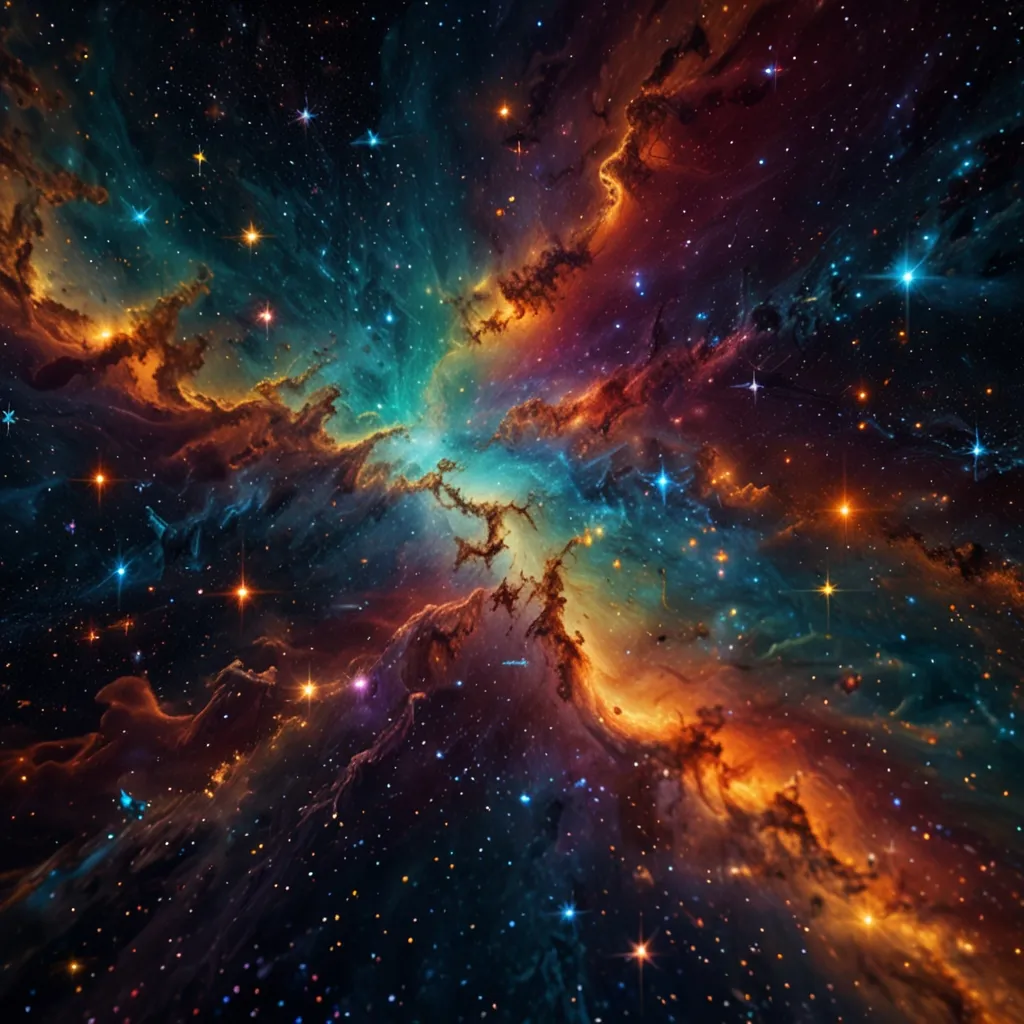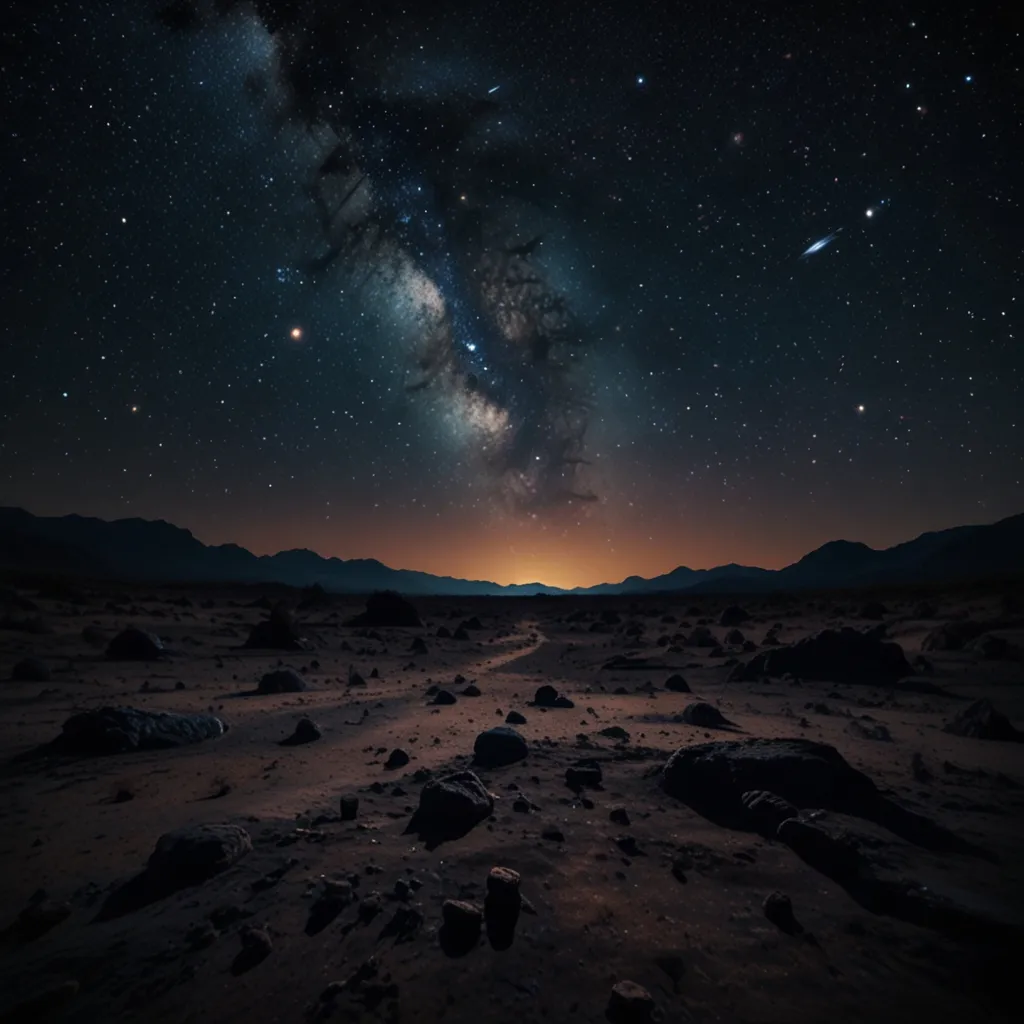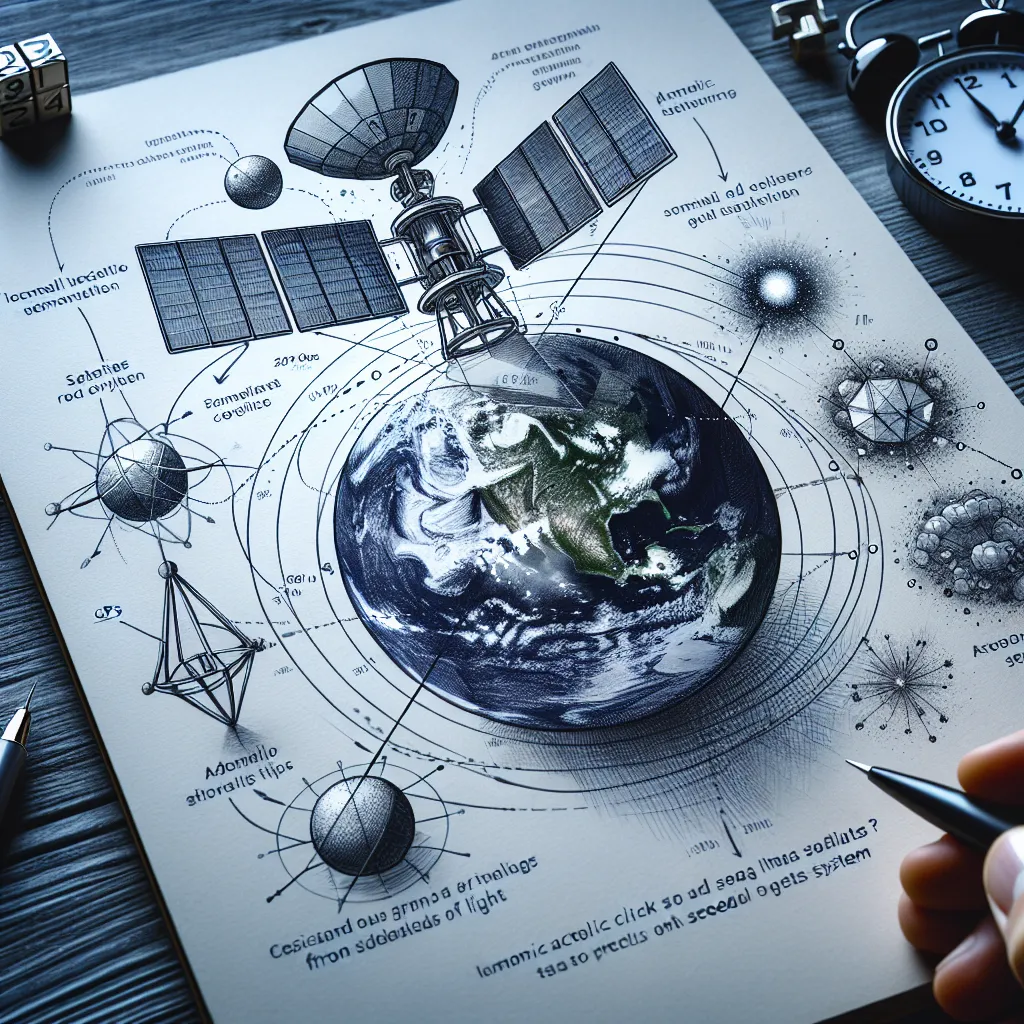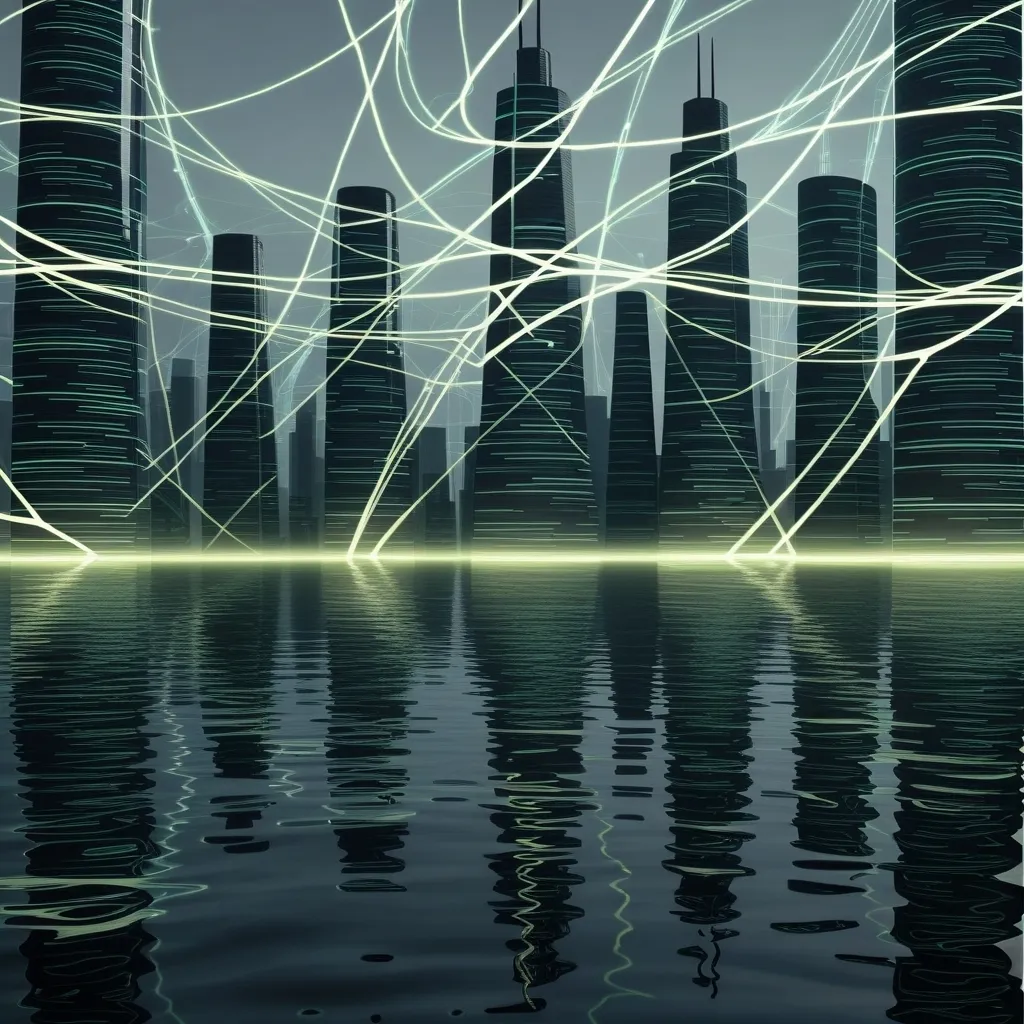Imagine if everything around us could be explained with a neat little diagram, a sort of cosmic cheat sheet outlining the basic building blocks of everything in the universe, from the twinkling stars to the screen you’re staring at, and even the very atoms making up your body. This cheat sheet exists, more or less, in the form of the Standard Model of particle physics. It’s no ordinary model; it’s a dazzler, a feat of human intellect that offers an extensive view into the subatomic wilderness, detailing the fundamental particles and the forces that hustle them around. But, like a jigsaw puzzle with a missing piece hiding under the couch, it has one glaring omission. This will make you scratch your head because, remarkably, it seems to suggest our very existence shouldn’t be a foreseeable event.
The Standard Model lays out a symphony of 12 elementary particles known as fermions, each playing its own unique tune in the cosmic orchestra. These fermions divide into two families: six quarks and six leptons. They’re the primary architects behind every physical object. Let’s take a favorite example: the proton and neutron inside an atomic nucleus aren’t standalone entities. Instead, they are intricate webs made of quarks—a proton boils down to two up quarks and one down quark, while a neutron has one up quark nestling between two down quarks.
The forces keeping these particles in play are orchestrated by four star players, our fundamental forces, although the model stations only three: the strong force, the weak force, and the electromagnetic force. The strong force, echoing mighty in the micro-realm, binds quarks together using gluons. The weak force, minding its own underworld of radioactive decays, uses W and Z bosons as its carriers. Then there’s the electromagnetic force, weaving the tapestry of our visible world under the gentle hand of photons. Not to forget the Higgs boson, often labeled the cosmic weight machine, determining mass with its interactions, though it skips over photons and gluons.
Now, here’s where it gets curiouser and curiouser. In this miraculous lineup, gravity is conspicuously absent—a bit like missing your heartbeat in the grand symphony of life. Gravity, the force that pins us to the Earth and holds planets in captivation around stars, does not chart in this elaborate scheme. Attempting to bring gravity into the picture seems like looking for Waldo minus a striped shirt; what should be a straightforward task becomes almost bafflingly intricate. The standard hail-Mary approach proposes a mysterious particle, the graviton, as the missing link. However, even stumbling upon this theoretical particle wouldn’t unravel the entire gravitational enigma.
Our current love letter to gravitation is encapsulated in Einstein’s theory of general relativity. It treats gravity not as a force but more so as a consequence of curved spacetime—a conceptual leap that redefined how we crunched numbers on celestial movements. Relativity teaches that massive bodies like stars and planets curve spacetime, creating the gravitational pull we feel. Contrary to the other forces that are elaborated on within the framework of particles, gravity may twist a different dance altogether.
This journey into opposing realms, general relativity versus quantum mechanics, hasn’t been smooth sailing. Their quirky differences make a horcrux out of reality, refusing to merge under any scientific spell so far. The two stubbornly refuse to align on gravitational voter rolls when microwaves of quantum come to meet cosmic levels of spacetime curvatures. This is where theories like string theory and loop quantum gravity enter. They pitch a novel hypothesis: yes, Virginia, a quantum theory of gravity might exist. Except for one tiny snag—proof. These theories generate mathematical labyrinths yet produce little in testable forecasts, leaving their status suspended between genius and folly.
While the Standard Model brazenly strides past gravity, it also pirouettes around the puzzles of dark matter and dark energy. These enigmatic components dominate the universe disproportionately, but our particle puzzle fails to account for these shadowy partners in cosmic crime. And let’s not overlook the reckless prediction regarding an antimatter showdown. The model suggests an equal presence of matter and antimatter at the Big Bang, each twin erasing the other in a cataclysmic blaze to leave nothing but cosmic debris and radiation. Clearly, that prediction missed the mark—since, well, here we are, existing.
Our universe does dance on, right? It’s alive with galaxies spiraling, stars burning bright, and human beings pondering their place in it all. The absence of gravity feels more like a backstage prop that got overlooked than an oversight. But as the missing pieces clamour for attention from bright minds across the globe, there remains the constant hope that a new intellectual comet, perhaps another Einstein or Newton, will pass by, unwrapping keys to both gravity and the universe’s heavier secrets—a theory of everything that places each particle and force in harmonious order.
In the grand puzzle of existence, the Standard Model is a sprawling canvas with both stark limitations and profound insights. It builds worlds from quantum marbles yet finds itself humbled by the scope it tries to cover. Bridging the gap between relativity and quantum mechanics could illuminate the tiniest mysteries and the greatest cosmic marvels, from black holes to the Big Bang. Until that knowing moment arrives, our universe twinkles on, urging its own explorers to unravel its mysteries, to try again, to hope again, for understanding just a bit more of the vast universe spreading endlessly beyond our grasp.






